Character Arcs?
Okay, I confess. I’ve never quite understood the use of the word arc when talking about plot and character. I keep picturing a big boat in a very heavy rainstorm. But seriously, even the image of an arc (shaped like a rainbow–which brings us back to the other ark . . . hmm) confuses me. For if you are creating a character arc showing some sort of progression of a character’s inner growth through your novel as a bow that goes up and then comes down, it feels to me as if the character didn’t go anywhere. So I have trouble using that term.
A Journey, Not an Arc
However, I am concerned with character growth, and it’s a big, essential part of your story to take your protagonist on a journey (hopefully one of the heart) that starts in one places and ends up in another. Just as a literal journey can take us to new places where we see new things, so, too, a character taken on an inner journey should end up seeing new things about herself. (I have an easier time talking about this growth process in terms of journey instead of geometry terms; I wasn’t all that great in math). So here’s another thing I find helpful when creating characters and working out the growth they’re going to experience by the end of the book.
Persona to Essence
Remember from earlier posts how the character will start in his persona (the face he presents the world) and eventually discover and embrace his true essence (if you missed those posts, you may want to refer back). I’ve critiqued manuscripts in which the character has a set view of the world and in one scene, because of a few things someone says to him, he completely changes and becomes a new man. That’s just not believable, people. Having your character change as events affect him happens over time. And so once you have your basic plot all worked out, you can parallel it with your character’s inner journey. This ties in with the MDQ (major dramatic query) for, if you recall the posts, your character has to not only arrive at his plot goal by the end of the book, he has to arrive at his spiritual goal as well, and that implies inner change.
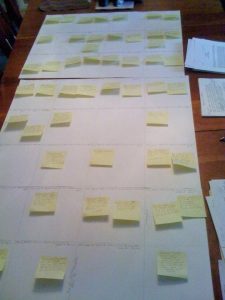 I use large charts and create something akin to a Gantt chart (a timeline, basically) for my plot (this photo shows the plot charts for Intended for Harm). I often do so with my characters. In fact, for Intended for Harm I also made a big chart with each character on a timeline with the vertical lies bisecting, denoting years (I had to cover forty years), and the horizontal lines for the characters. This chart was specifically for the character journey, the spiritual MDQ process (yes, all your main characters should grow and change). Post-It notes (a blurb for each scene) work great on large charts since you can move them around, by the way. I make sure to keep it out of range from my cats, who are great at dislodging the notes if I lay the charts flat on the table (as shown).
I use large charts and create something akin to a Gantt chart (a timeline, basically) for my plot (this photo shows the plot charts for Intended for Harm). I often do so with my characters. In fact, for Intended for Harm I also made a big chart with each character on a timeline with the vertical lies bisecting, denoting years (I had to cover forty years), and the horizontal lines for the characters. This chart was specifically for the character journey, the spiritual MDQ process (yes, all your main characters should grow and change). Post-It notes (a blurb for each scene) work great on large charts since you can move them around, by the way. I make sure to keep it out of range from my cats, who are great at dislodging the notes if I lay the charts flat on the table (as shown).
At the start of the timeline I have a note regarding the character’s persona at the start of the story. At the end I have a note about where they’ll be spiritually at the end–in their true essence, or at least indicating they’re getting there. There’s no rule that says your protagonist has to reach her goal. Remember, the MDQ asks a question like “Will Indie Jones retrieve the Ark of the Covenant at the end of the movie?” (Hmm, another ark . . .) The answer might be no. Same with your character’s spiritual goal. She may not come into her true essence by the end of the book. But unless you want a completely Postmodern hopeless ending, you’ll want to show some glimpse that she’s on her way, which often is more believable than having her fully arrive by the last page.
Gradual Does It
Once I have the first and last notes in place, I think of all the stages of change my character will go through. I might jot a scene down in a sentence stating something that happens to her or that she sees that will shift her view. Be sure to note just how her view gets shifted. I mentioned in an earlier post how you have to change characters in stages, starting with their opinions and attitudes and eventually changing their core beliefs, which can sometimes take a lifetime (not for you to do this, but I mean the character’s lifetime, just to be clear here). Having an idea of concrete scenes that can facilitate or instigate these gradual changes will make your character’s journey believable. Okay, go ahead and call it an arc. Whatever.
This week, think about your novel’s plot. If you are far along or in the revision stage, this is a great time to make a chart, write some  sticky notes, and put them on the timeline in order (and if you have a disruptive kitty like I do, be sure that once they are in the right place you number them or somehow mark where they go in case of demolition). See where the holes are. You may need to either write or rework a scene so you can show a bit of change. Always keep in mind that you are moving toward your character going from persona to essence, but you do want some setbacks and backsliding. Usually close to the end your character will fall back into the person they were before because it’s safe and they’re ready to give up. So put that on your chart too!
sticky notes, and put them on the timeline in order (and if you have a disruptive kitty like I do, be sure that once they are in the right place you number them or somehow mark where they go in case of demolition). See where the holes are. You may need to either write or rework a scene so you can show a bit of change. Always keep in mind that you are moving toward your character going from persona to essence, but you do want some setbacks and backsliding. Usually close to the end your character will fall back into the person they were before because it’s safe and they’re ready to give up. So put that on your chart too!

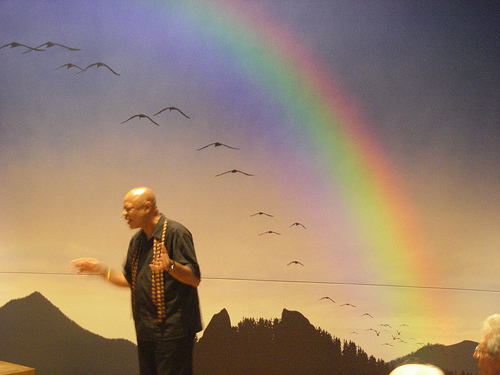
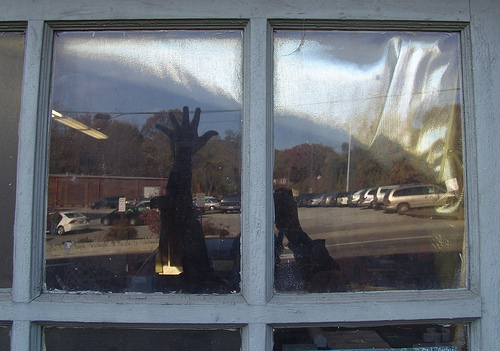



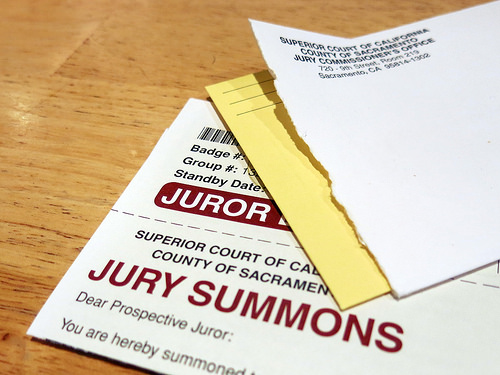
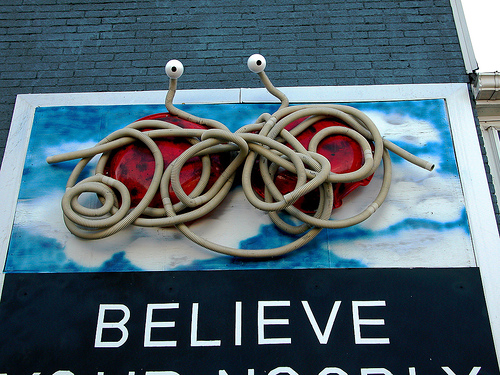




Excellent post! This is one of the clearest explanations of how to develop character arcs that I have read. I especially appreciate the specifics about the post it note method you use. Thank you so much.
Ha! Love disruptive kitties! I’m in the planning stages of my trilogy and finally feel like I have a decent handle on my main character. Love your explanation of character development. I’m thinking more in terms of big picture as she not only has to advance in each book but within the series. Thank you!
I have never understood the concept of arcs (in writing) either. I like your version of a journey, both physical and emotional. The character’s journey should progress along with the storyline. Your post is very appropriate.
I enjoyed the post – found it helpful. But, in the beginning, you were thinking of an arc like a rainbow, that got the character back where he started. Consider a different arc -such as \
_)
I don’t know if this arc will come out properly formatted. The point is, the arc can just rise up, sort of like ) .
That said, I enjoyed the post. Excellent information.
I think the arc teachers refer to is just something that curves up and then comes back down farther ahead–like a rainbow. Regardless, all it’s implying to me is moving from one point to another. I don’t quite get the up, then down. I mean–why not just a straight line between two points–the start of the story and the end. which is a journey. If I were to draw one, it would be more like a crazy squiggle, for that’s more like life.
I just bought a large piece of foamboard and lots of colored post-its. Now I know how to start using them (even for my nonfiction project)—Thanks!
It’s like being back in kindergarten. All our best brainstorming and creative methods were taught to us back then!
I just finished reading ‘Intended For Harm’, actually. 🙂 Not what I usually read, but it was compelling and well written–great job, Susanne! Covering so many characters and such a large time period could have created a disconnect with some of them, but you achieved the opposite where I felt I could see and understand where each character was coming from and empathize. Clearly your hard work of charting it all out paid off. 🙂
Angela
Thanks, Angela! That means a lot to me. The structure is very experimental as is the stream of consciousness style. It was a challenge to create characters that could all grow over forty years through 15-minute vignettes and still somehow make them engaging. I know each of those characters so well, and if you noticed, they each had an element that was a symbol, motif, and “theme” for them: fire, water, air, earth, metal, light, wood, rock. I had so much fun playing with those words and elements for each character. For example, in every scene with Joseph, there is some play with light–or light interferes with the plot. That also made it easy to pit the characters against each other: water against fire, etc.
Wow, I totally see that now..double well done. 🙂
I think that’s the beauty of Motif–you can engage the reader on a subconscious level while engaging them into the storyline. 🙂
Each time I receive a post from you, I read and think this woman knows what she’s talking about and she knows how to motivate a writer. She knows how to reach the writer we are, and hope to be. She knows how to get the tiny points across that are so important behind each character and how to bring them to the surface. She knows how to write a sellable novel and wants this to be possible for each of us. She is a winner and wants each of to be winners too. She knows because she’s earned it, how hard it is to be a successful writer and wants to teach each one of use how to reach the goals we’ve set for ourselves. Each time I think you’ve topped everything off,I find you do it again in your next post. Each time I see LiveWriteThrive arrive, I can’t wait to open it knowing it’s going to share another opportunity for me to reach my own goals. I thank you Susanne for sharing the path of being a successful novelist with all of us.
Thanks so much, Racheal, for your kind words. I love helping writers and I do all I can to try to help my clients get published and find joy in their writing journey. This fall I will be putting out the book Writing the Heart of Your Story–the compiled posts for the year and so much more, so watch for it around Thanksgiving!
Perhaps the idea of a character arc is more in line with an electrical arc, specifically, a bolt of lightning. It thrills and frightens those who witness it. It is capable of affecting tremendous, cataclysmic change, even death. However, on a rational level, we know that is the earth and sky balancing charges amid turbulent events. It may not be a perfect metaphor, but it works for me.
Great article. Character development is huge with me, which is why I had to create my own hero, THE BAGMAN, so that he could evolve. In this second book there is no doubt as to his “arc,” he is finally the ne’er do well given a mission. This was a nice little thing to review as I wrap up the book. Thanks again.
I totally agree! I felt out of the loop when I started noticing writers referring to character arcs left and right. Journey is much more fitting term, although my characters often tend to remain down and out at the end of a story, I still try to leave a glimmer.
Funny thing this serendipity stuff! I have just been emailed by someone offering to help me with a Biography I am working. The email talks about a plot arc. So I went what the …..??? And there it is in my Linked in email.. Thanks for sharing!
I’ve never been confused about the “arc” of story or character or scene. It’s pretty simple and was explained in my freshman high-school class succinctly: a story (and scene) has a beginning, a middle, and an end. The action begins, the tension (drama) rises, tops out with some sort of climax, and then either has a quick fall to some “exit” or else a meandering fall. Characters, too, can have arcs: they begin the story as one person, and something (usually many things) happen, a crisis develops that is heightened, the action comes to a point, it is resolved somehow (either with good or bad results), and the character comes away having learned something or in fact nothing at all (which then is dramatic irony). These may be Lit Crit terms, but they work for writers, too, with the notion of understanding how story begins, were it goes, and how it can end.
I’ve only ever written short stories, but have an ambition of writing a book one day. I always wondered about writer’s techniques on planning the characters and lengthy storylines, so I found this post very interesting!
Hey! I do like the arc idea. I get the sense that each color is a new level of understanding and the previous color blends to create a new color same as what we have learned blends with what we understood from our past to create new levels of understanding. I also like the stickies and the timeline. In the past 2 weeks I have had this neat experience of rubbing shoulders with these awesome instructors. I’m trying to absorb it all! That’s the challenge.